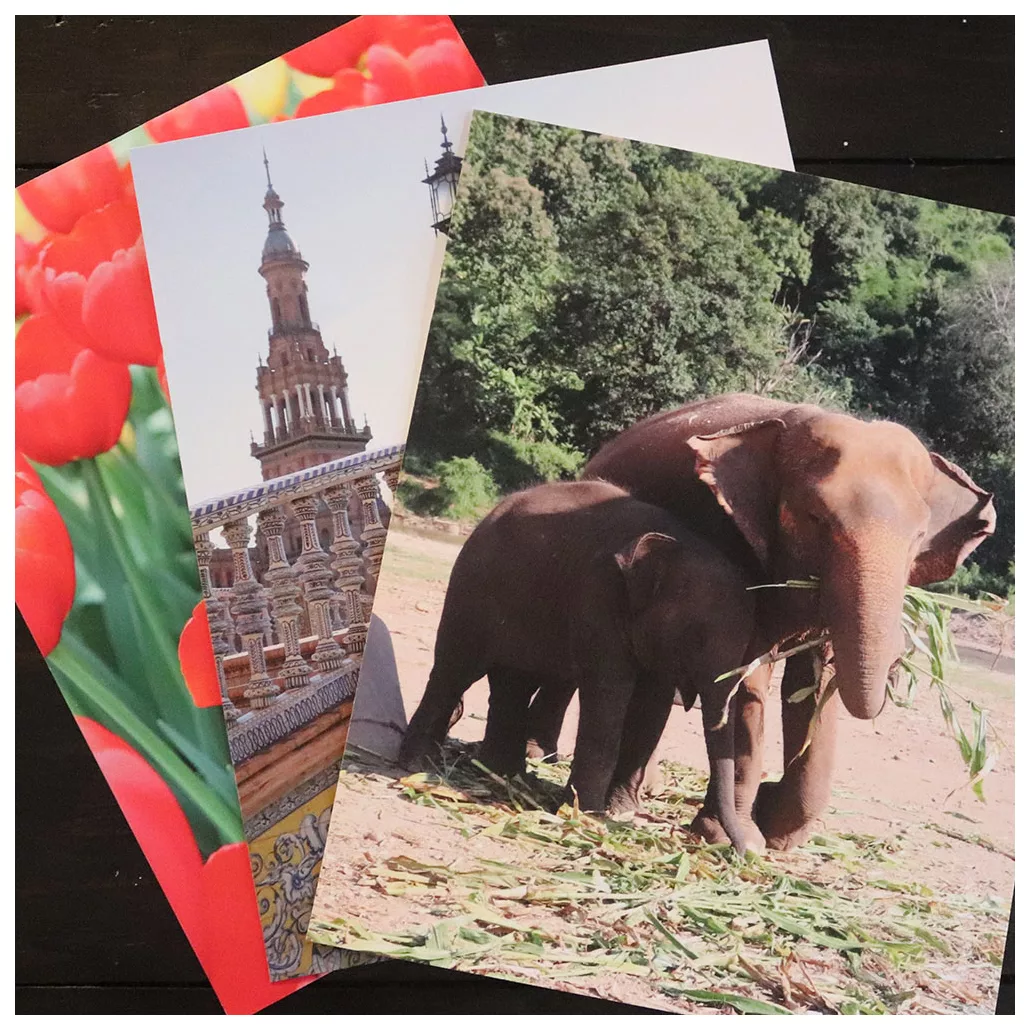A Stop in Hallstatt: Overrated or Famous for a Reason?
Last updated on February 16, 2025
Sometimes touristy places are famous for a reason, so Hallstatt was a place I wanted to see for myself. It’s definitely a crowded little place but I definitely thought it was pretty and liked my visit.

A Quick History of Hallstatt
The salt mines of Hallstatt have been worked for millennia, and it’s believed there was a settlement in the area around 2500 years ago. Interestingly enough, the area wasn’t largely inhabited for centuries after that, probably because it’s difficult to reach, but Hallstatt became a market town in the early 14th century. The economy for centuries revolved around salt before accommodating tourism in recent decades. To my surprise, it’s actually relatively new on the tourist trail. The influx of visitors happened after it became a UNESCO World Heritage Site in 1997 – I would have guessed decades before.
What to See in Hallstatt Today
You can easily see why the town is so popular. It’s filled with old colorful buildings built up against a mountain. The church spires are dramatic against the small town. What I loved the most was the beautiful scenery of the lake and the Alps. It’s a very strong contrast and absolutely unreal. Of course, it’s not limited to Hallstatt or its eponymous lake, but the whole region is just stunning.
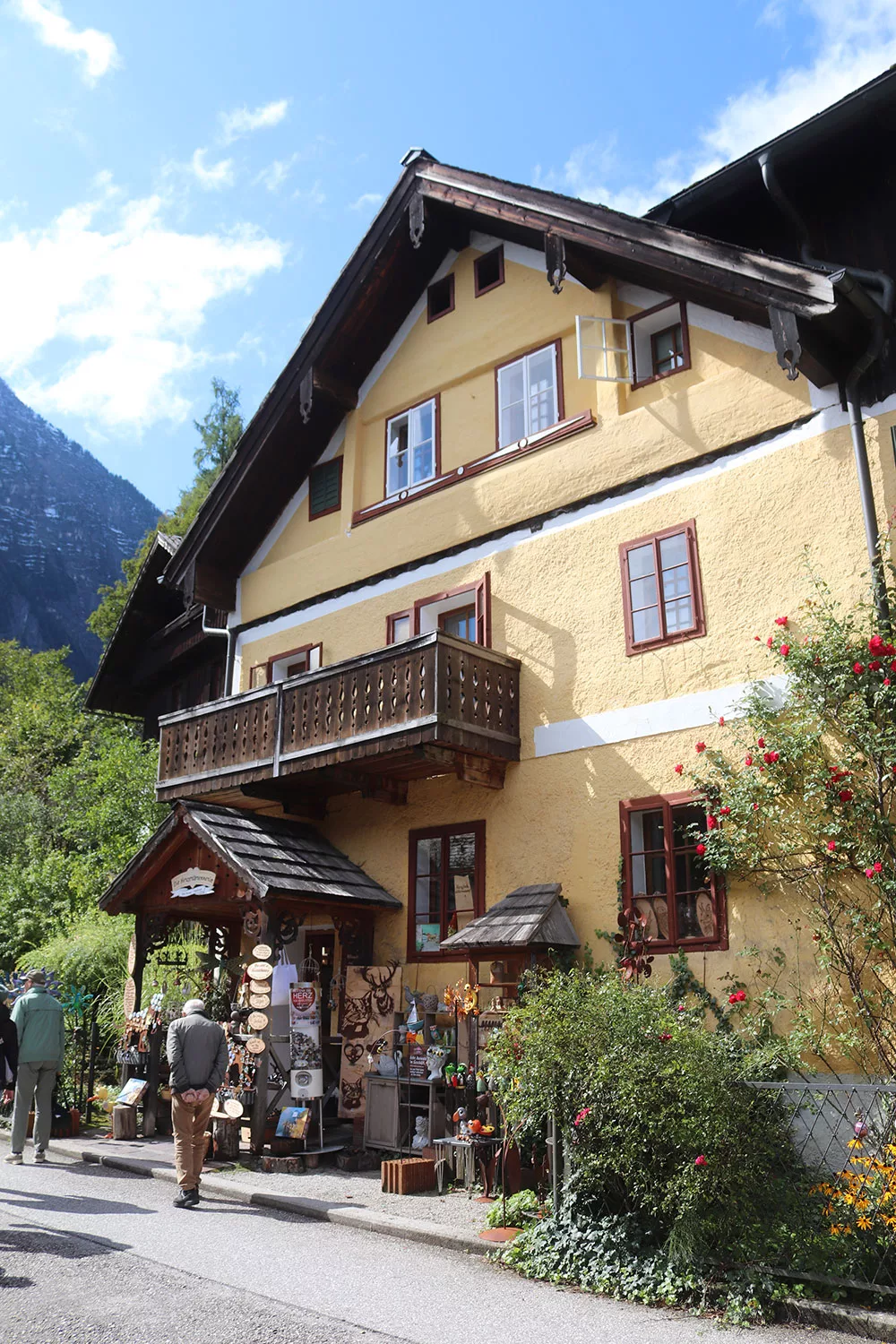
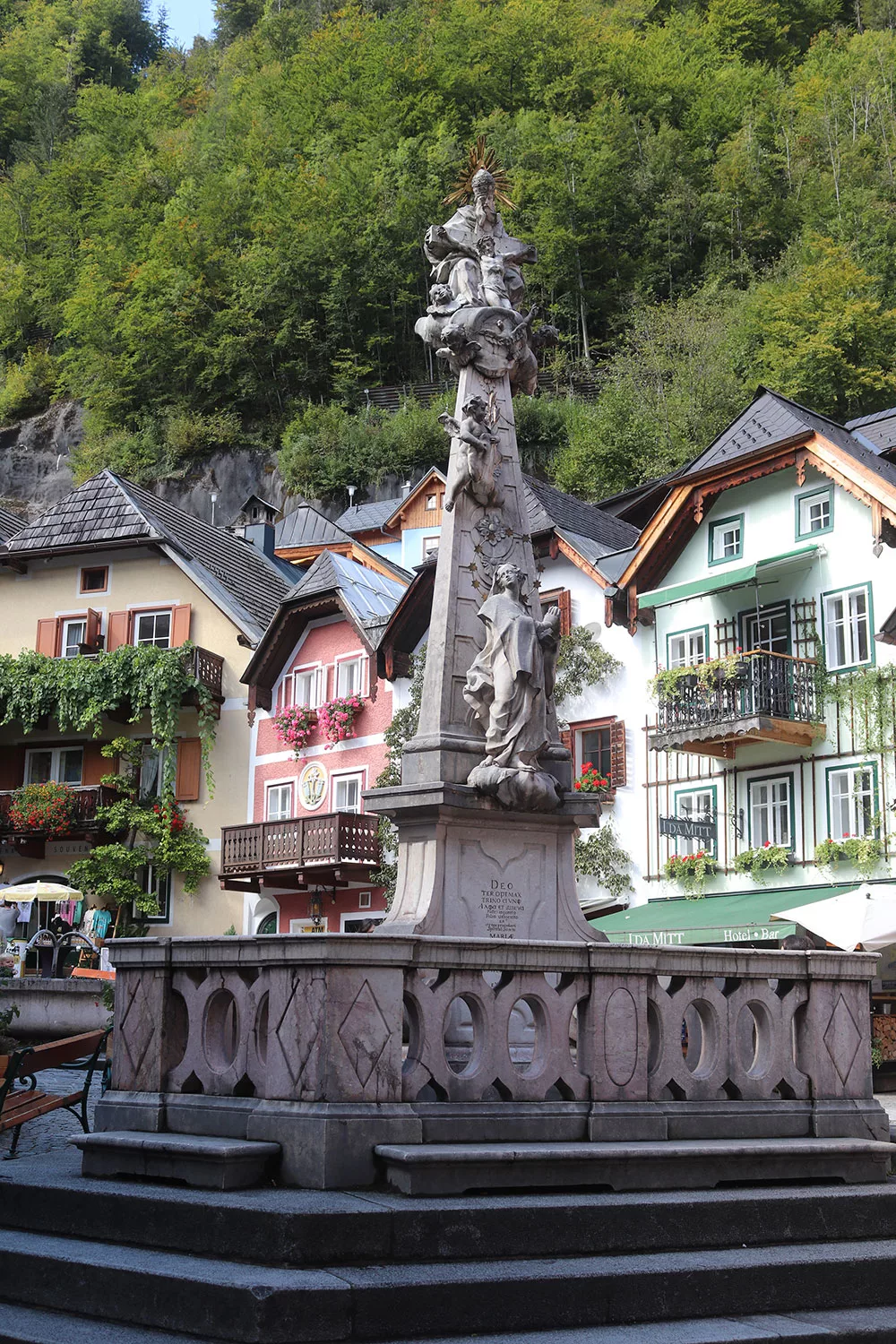
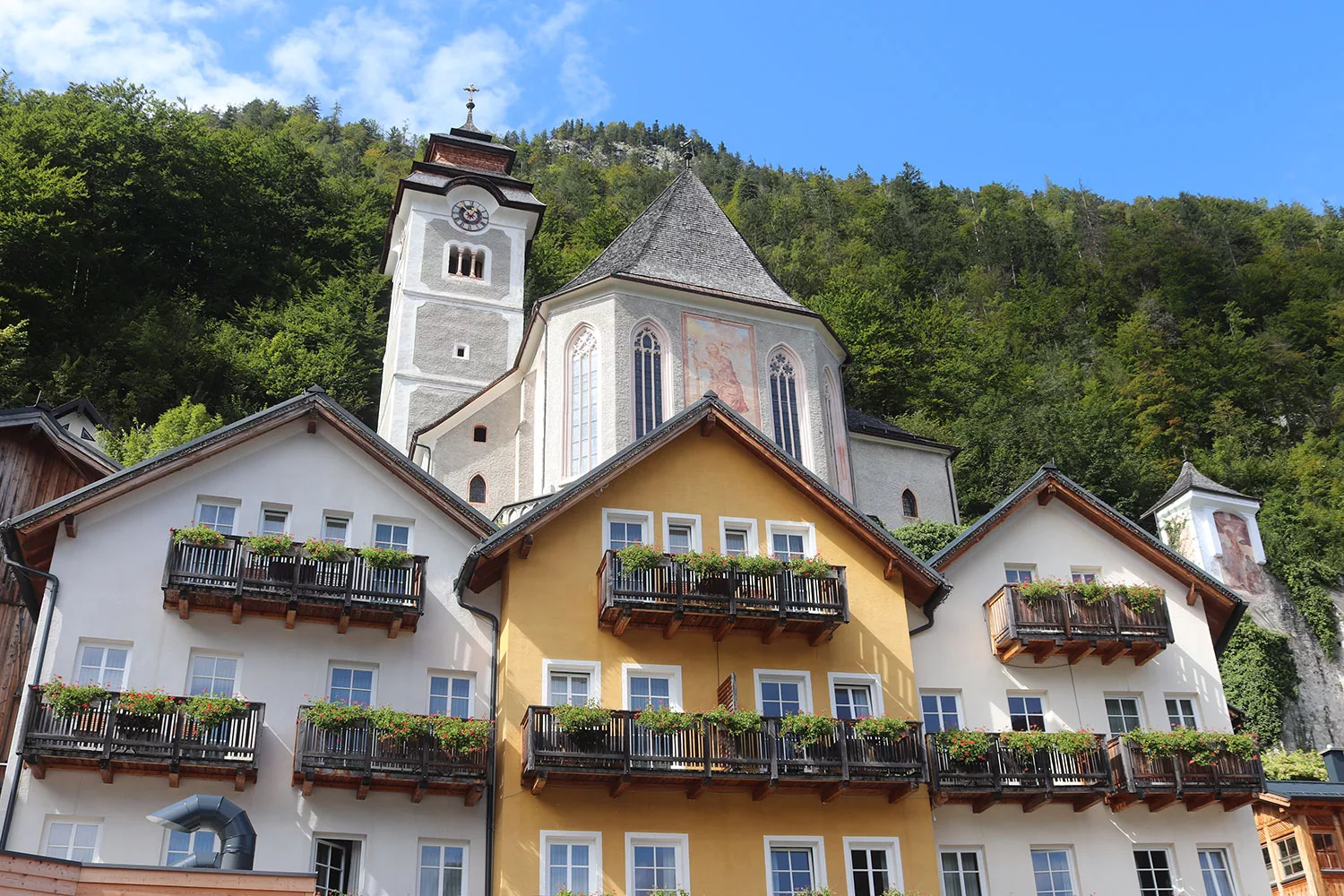
You can walk down its quaint streets and shop for souvenirs (some of which are beautifully carved wooden souvenirs), or visit one of the churches like the Evangelical Church (dating to the 19th century) or Maria am Berg (dating to the 16th century). Of course, you can’t miss the Marketplace in the center of town. Actually, it’s hard to miss anything in this small town because it is so small. I think to wander the streets leisurely and climb up to one of the viewpoints, it took maybe an hour.

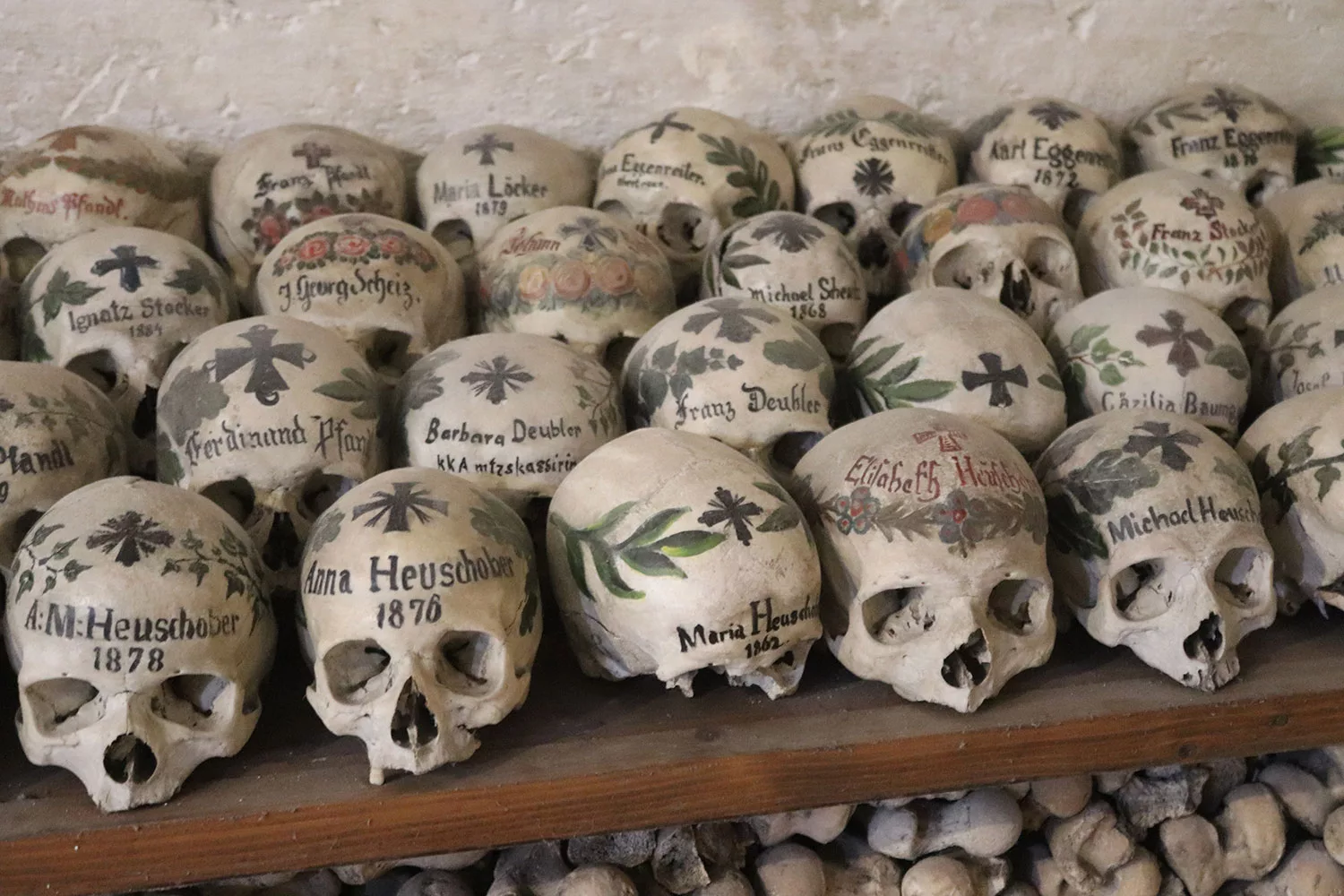
There are some things to actually do, though. You can see the Bone House or Ossuary in St Michael’s Chapel which predates the market town of Hallstatt itself, dating back to the 12th century. The skulls themselves mainly date to the 1800s. Since space is limited in such a small town, it’s a tradition to dig up remains about 10-15 years after death to place the bones in an ossuary; the most famous example is probably the catacombs in Paris, designed to accommodate the overflowing skeletal population.
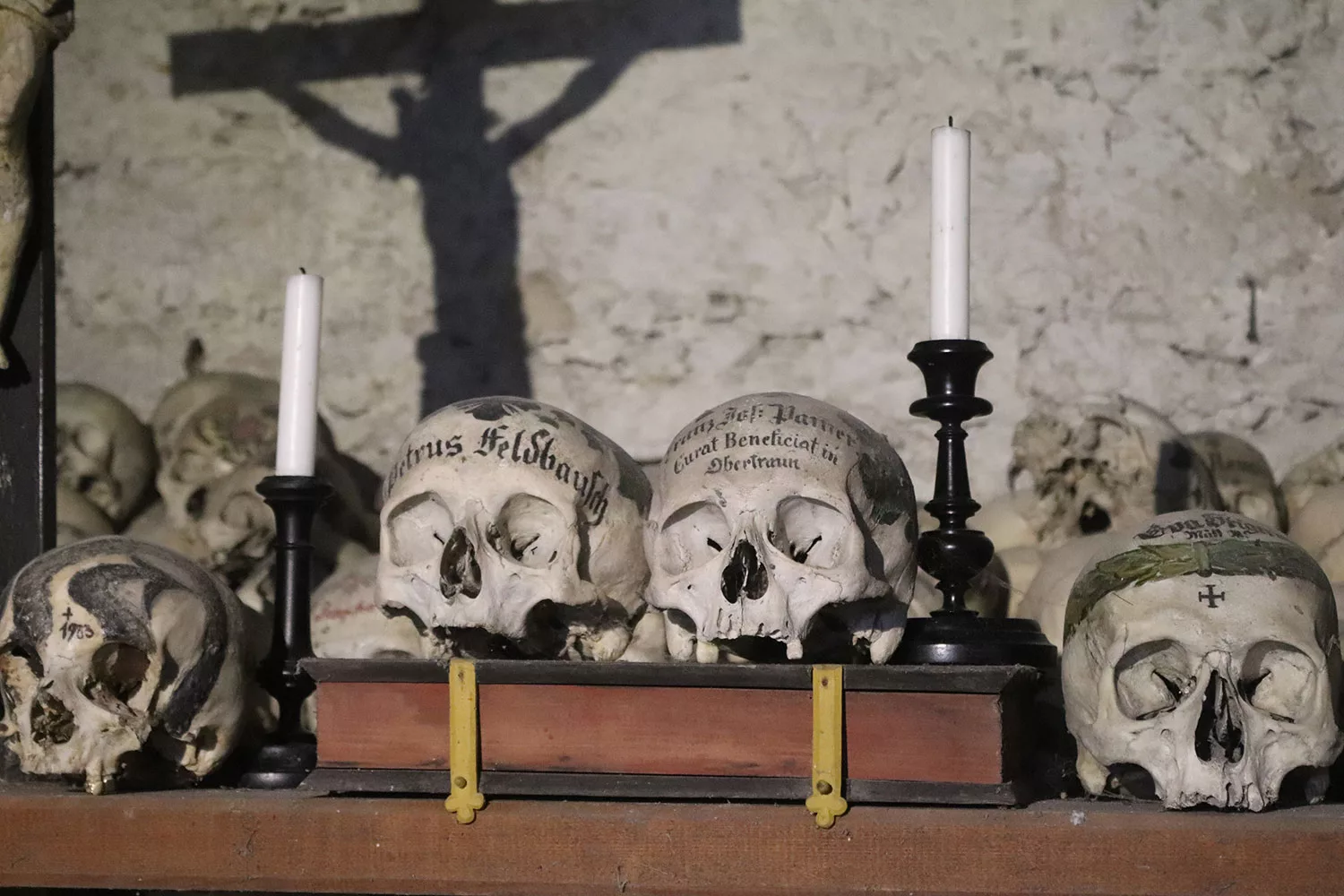
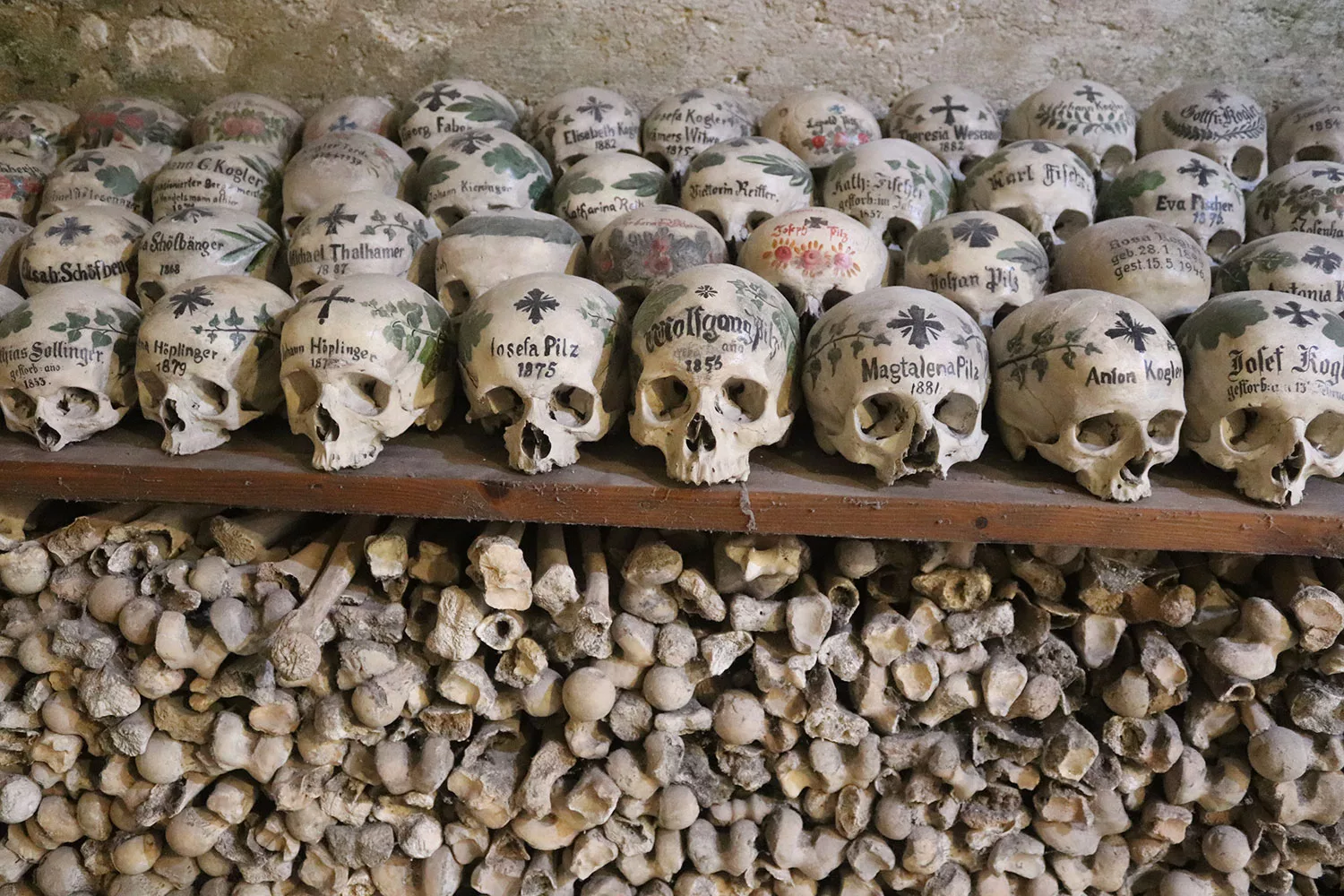
However, in the Alpine region, skull painting became a way to help identify whose remains were being seen. About half of the skulls in this particular ossuary are painted, with most of those bearing the name and year of death of the deceased. They also have beautiful motifs such as flowers and wreaths painted around the skulls.
The bone chapel was by far my favorite thing to see in Hallstatt and it really made the trip. The skulls are so beautifully painted and it’s such a unique place to visit. One day I’d like to get around to looking up the different people and seeing if I can find what they looked like or who they were.
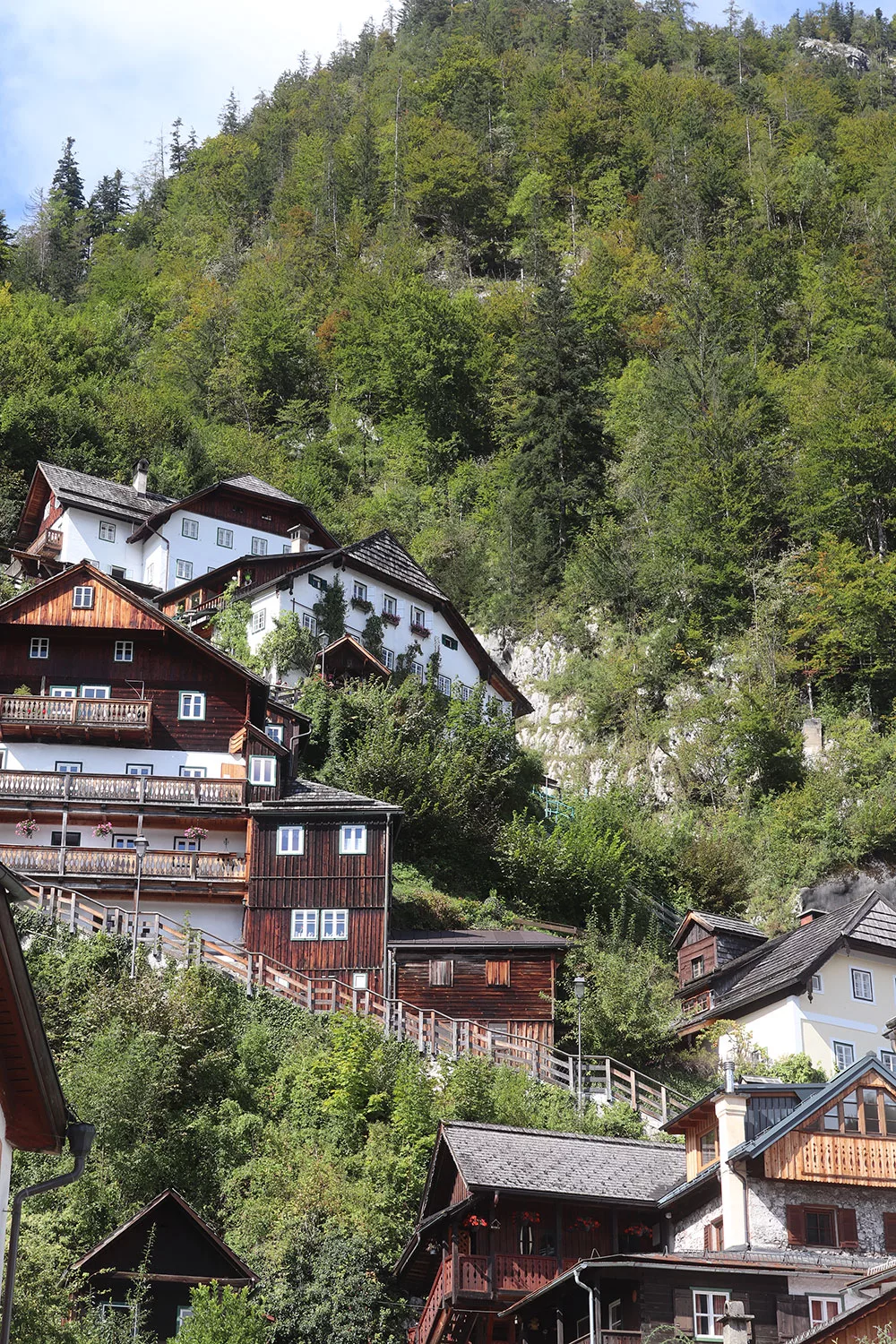
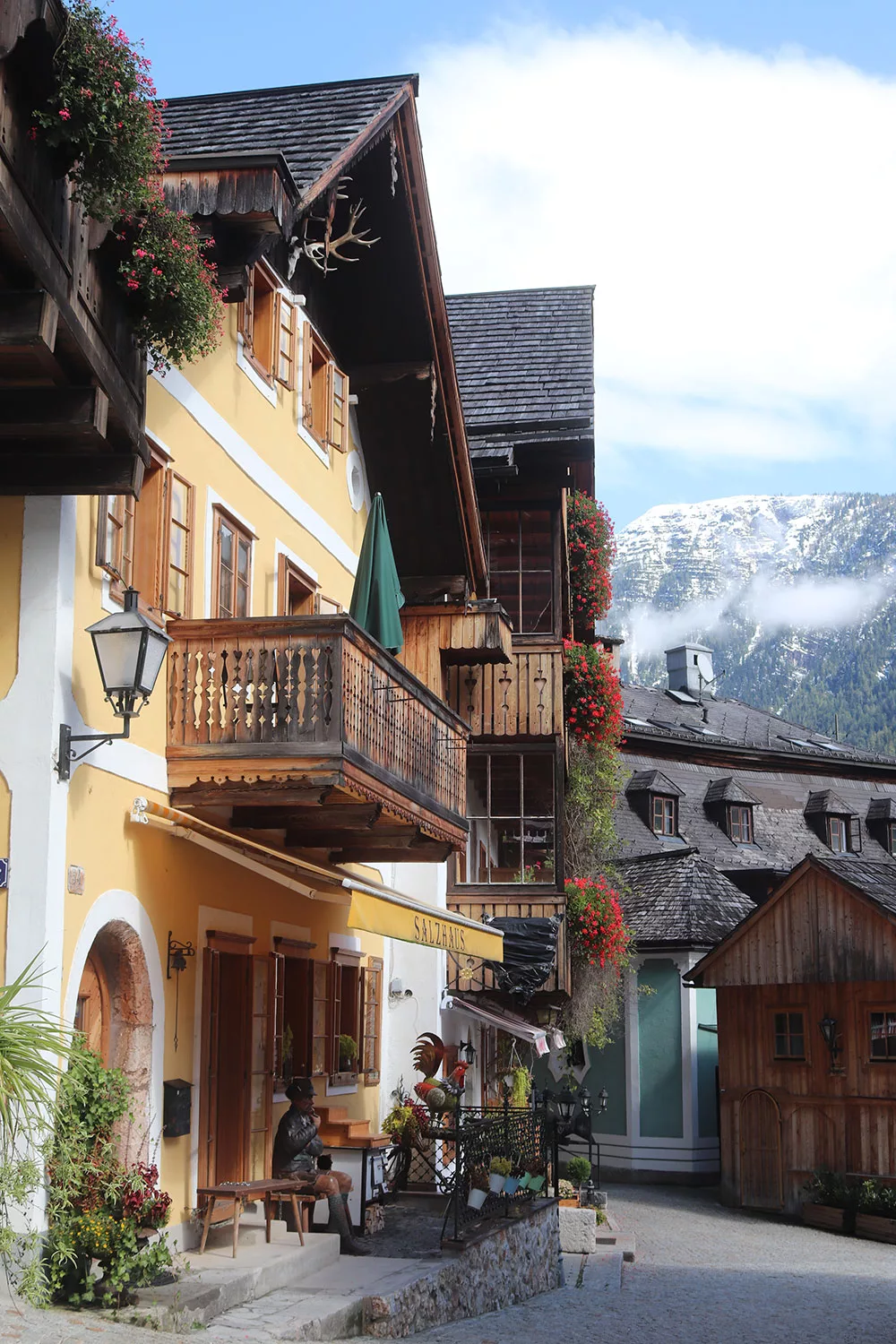
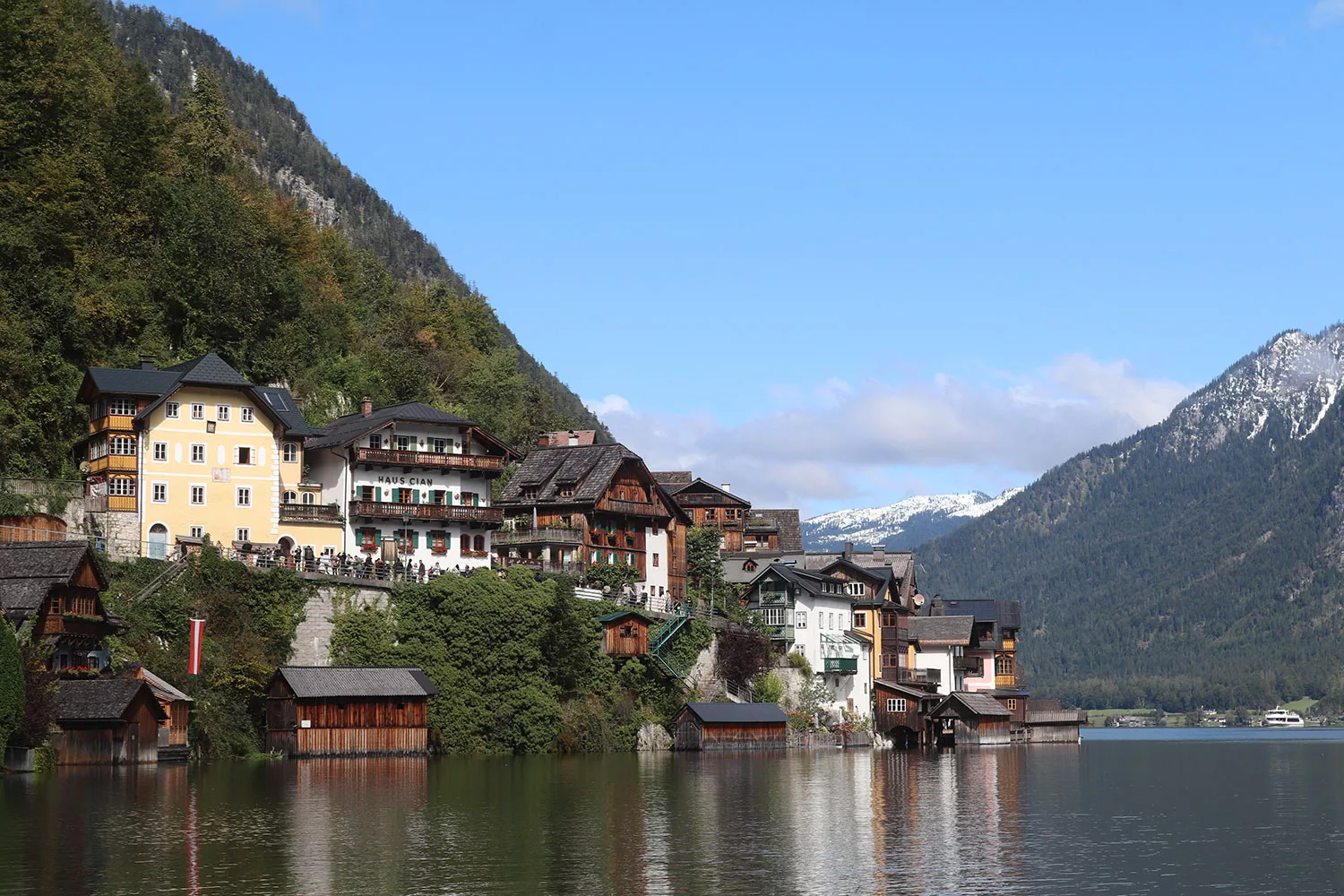
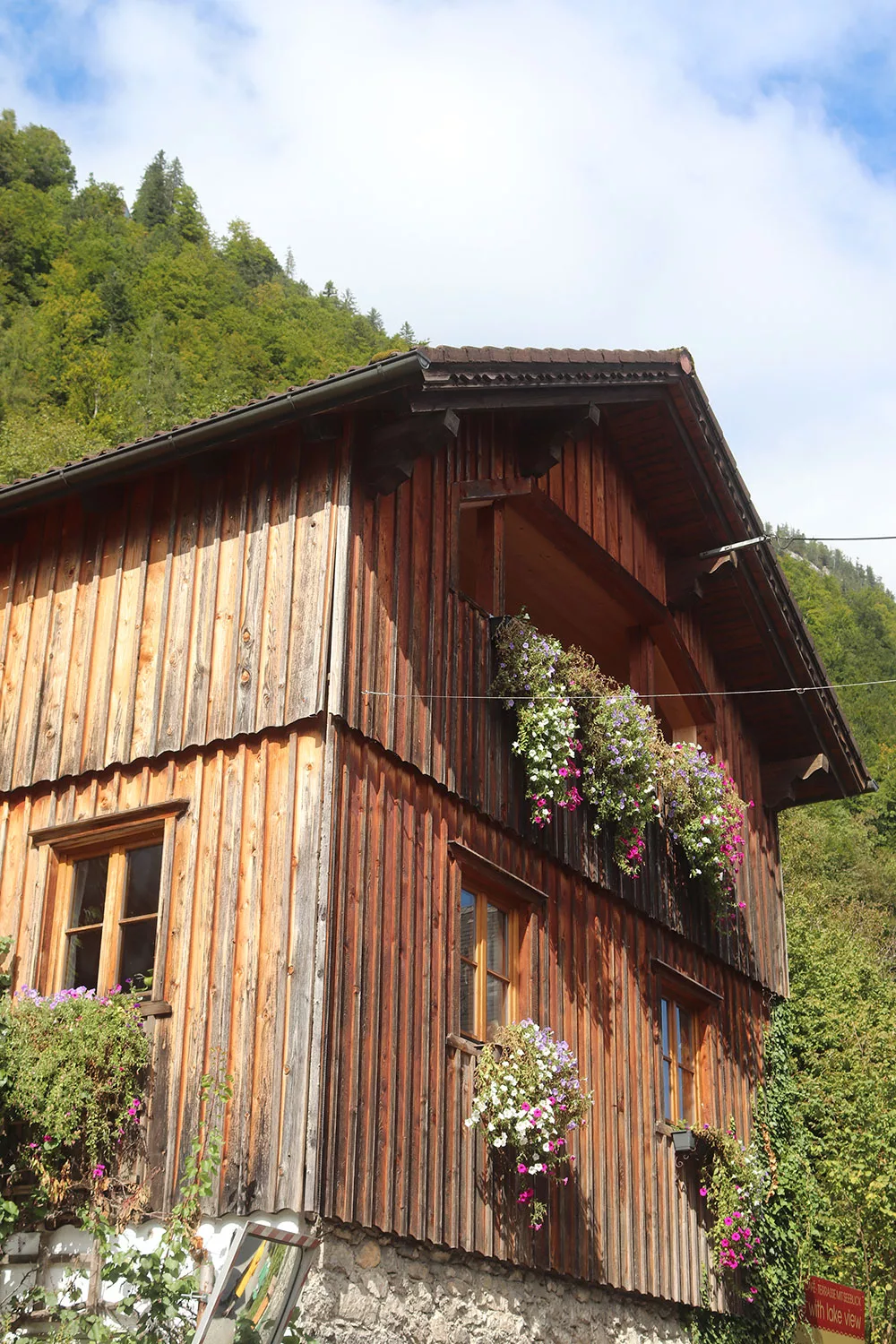
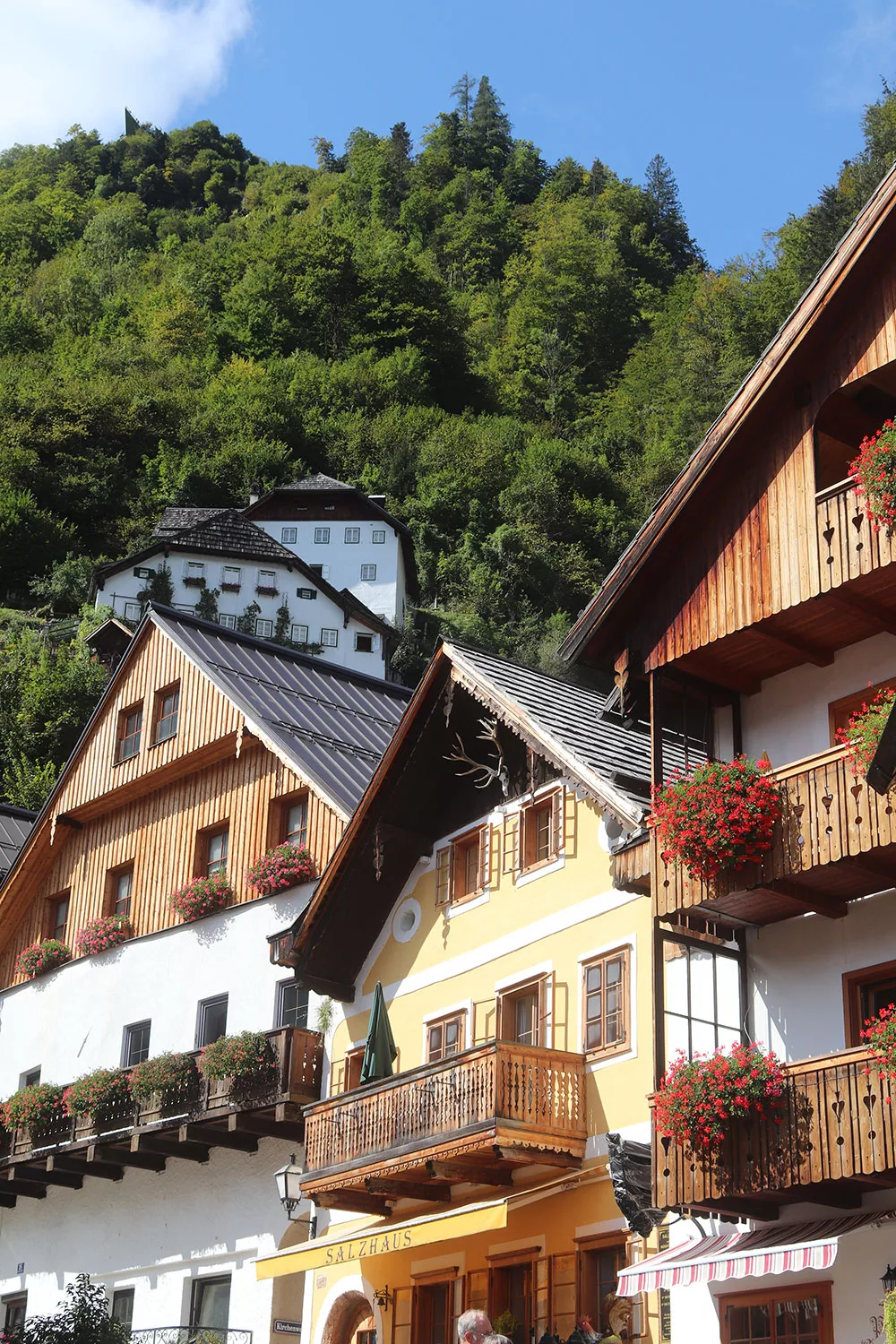
There are some other things I didn’t get to. One is the Salzwelten salt mine, which takes visitors back through the town’s history which again has revolved around salt for millennia. The salt mine also owns the Skywalk, where you can take a funicular up in the Alps to get panoramic views of Hallstatt Lake.

I didn’t get a bird’s eye view but I did climb up to the highway to get some higher views above the town. The salt mine didn’t interest me since I’d already been to one (and one is enough, right?) but in retrospect, maybe it would have been educational for the local history.
There’s also the local museum called Welterbemuseum which has artefacts relating to the town’s history as well.
You can also take a ride on Lake Hallstatt for about 15 euros at the time of my visit.
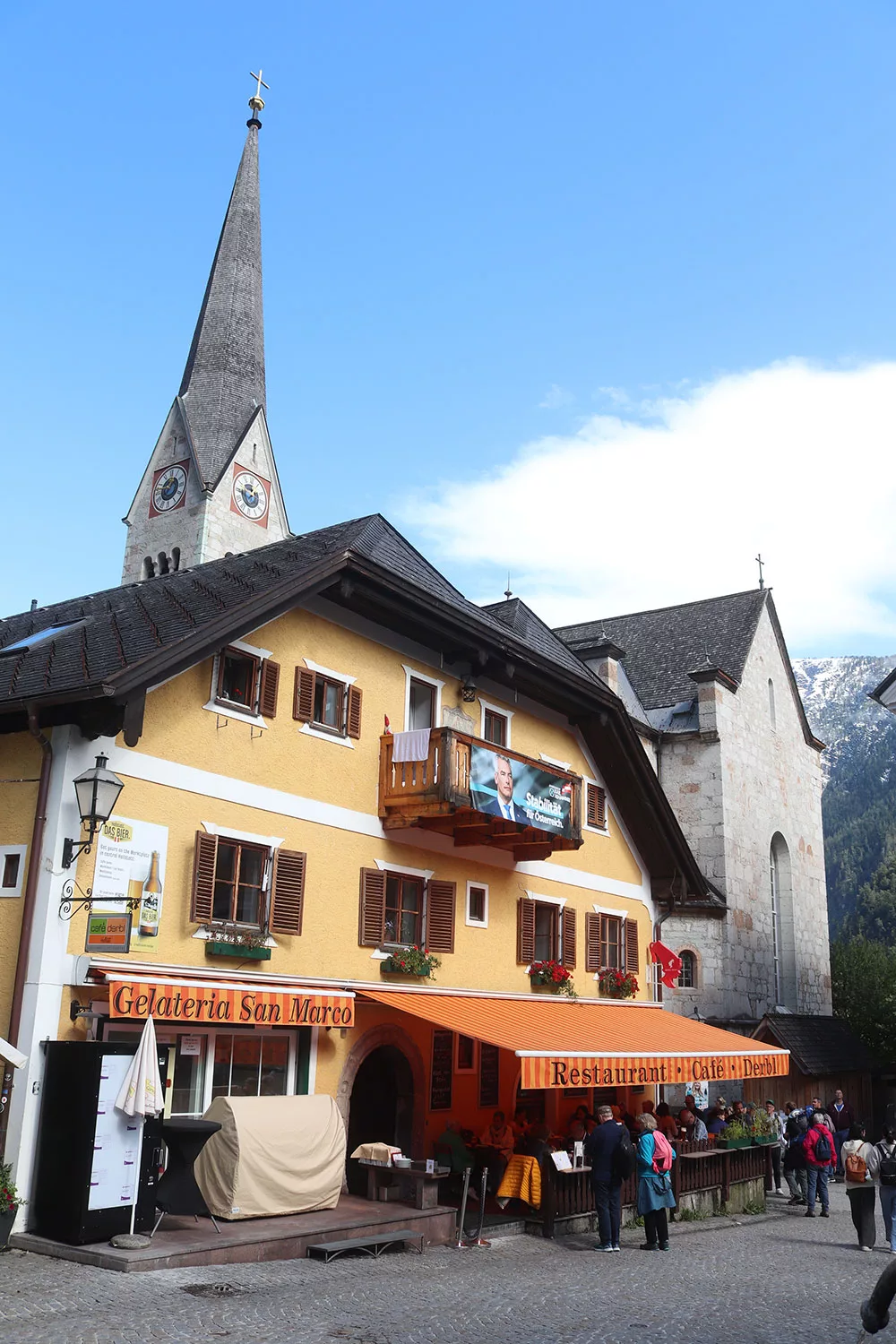
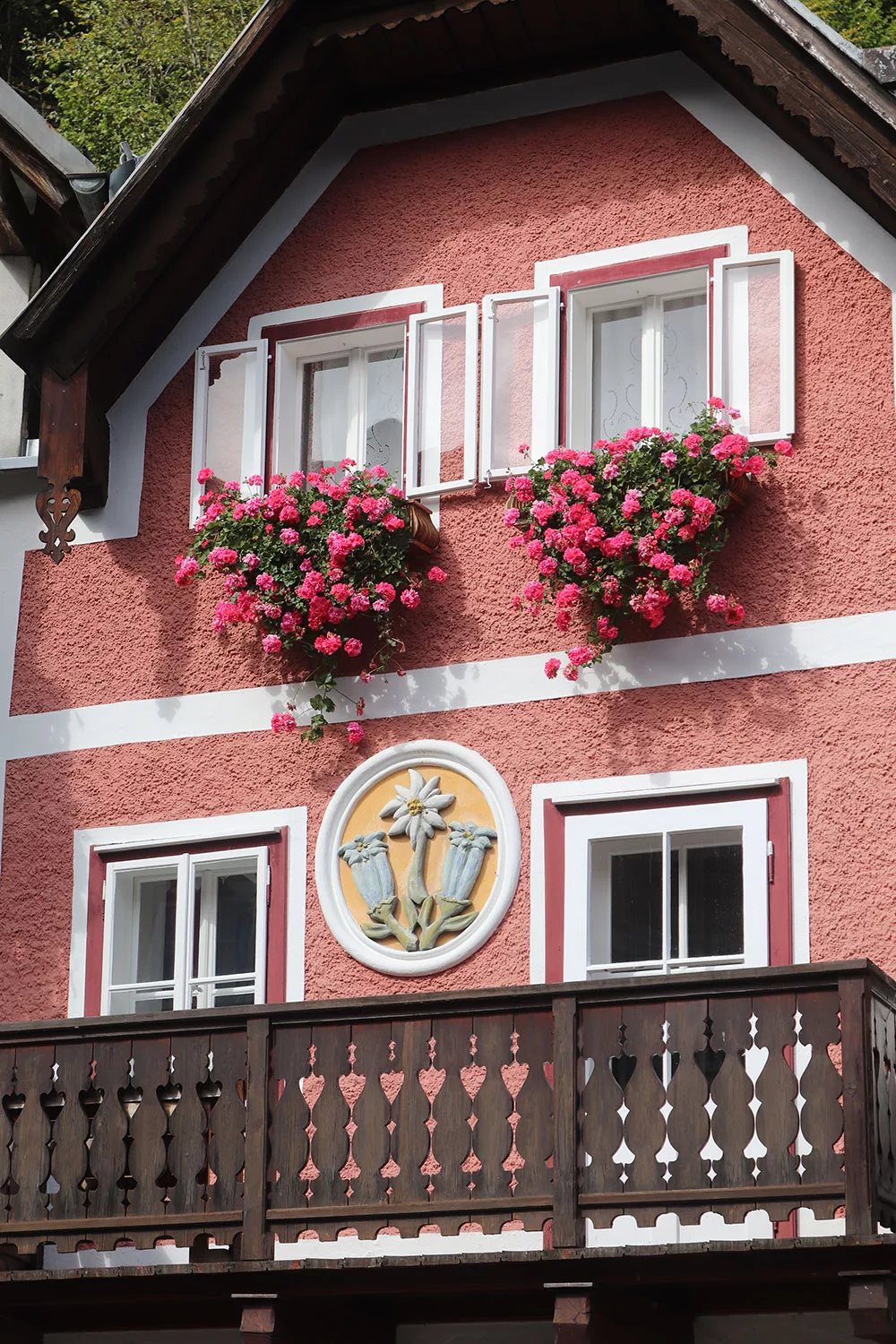

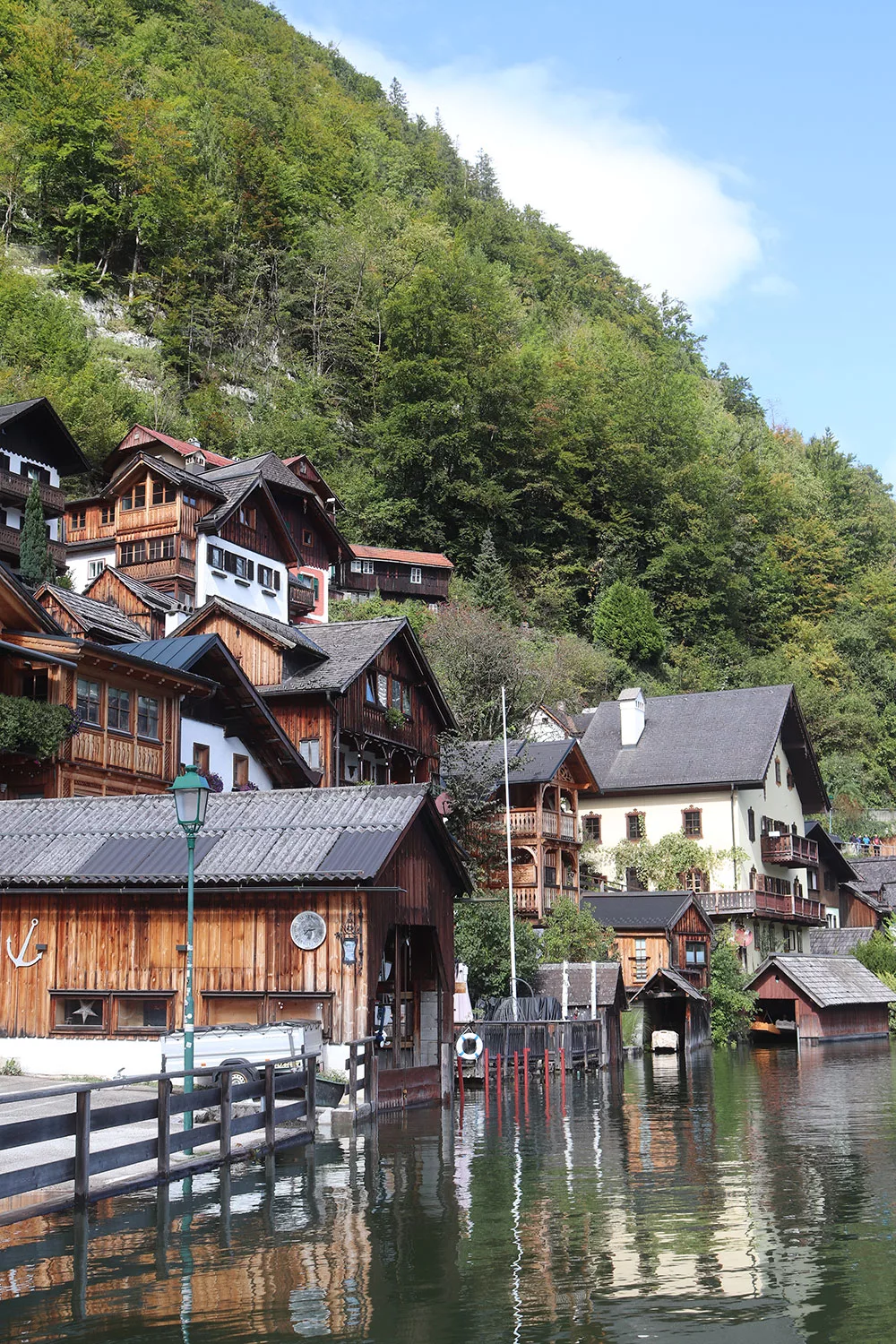
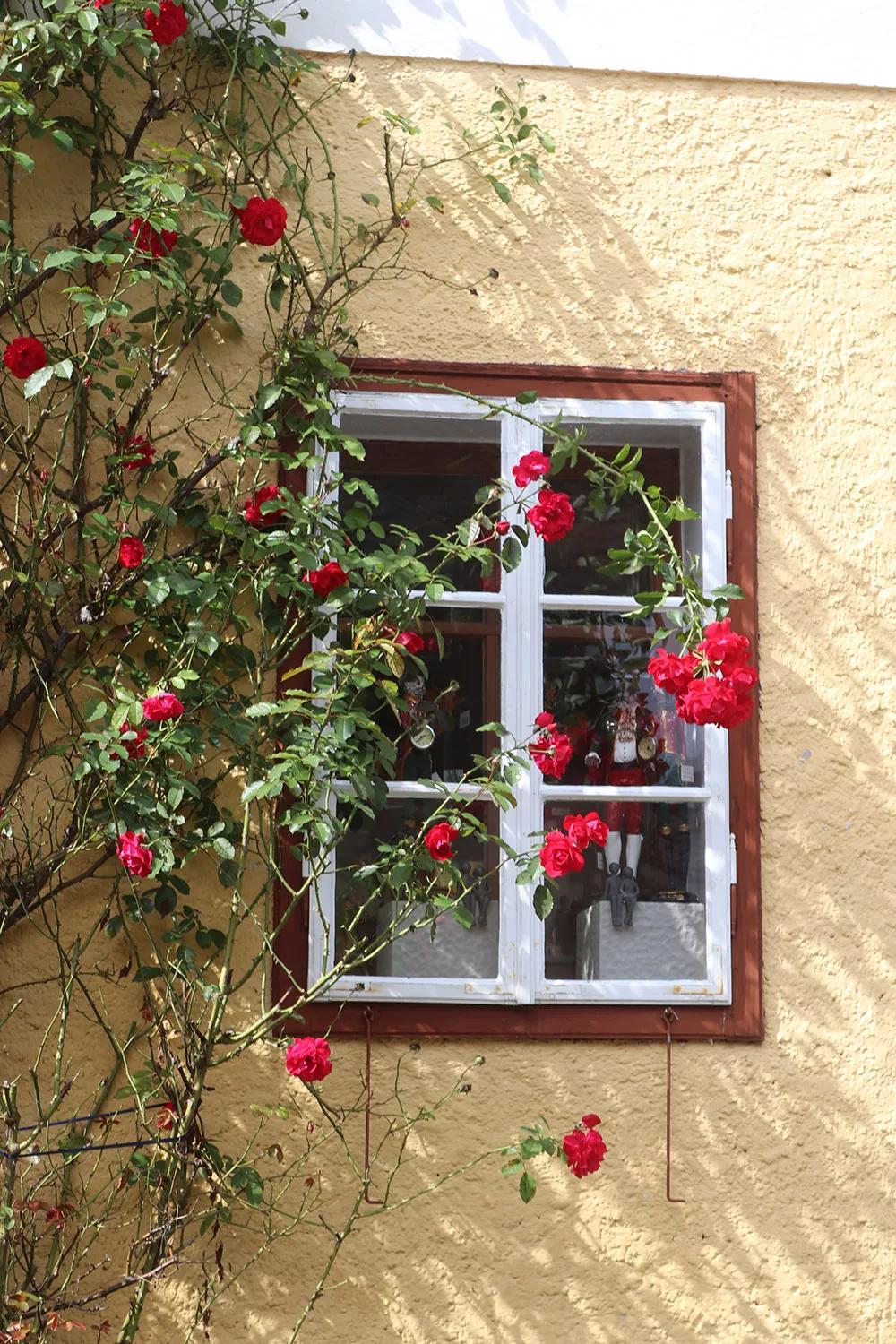
There were a few cars parked to block photos, a big political banner hanging in the town’s main square, and another large banner telling people to watch their noise and respect the people who live there. To me, that says “Hallstatt residents are sick of the tourists,” which isn’t surprising since it’s constantly ranked as one of the best small towns to visit. There have also been protests and laws that have regulated the number of tourists allowed.
I don’t believe you shouldn’t visit a place because of its popularity but I do strongly believe in being a respectful visitor during your visit. Always be polite, don’t litter, watch your volume, don’t enter churches during services, etc.

Overall, I found Hallstatt to be a very beautiful place. I loved the bone chapel which is unique to Hallstatt. Otherwise, I felt the quaint, colorful town combined with the absolutely unreal scenery of the lake and the mountains were what I really liked. I got to visit St Gilgen on my trip and didn’t like it as much, but hopefully I’ll one day get to explore this region a lot more in-depth. Then I can tell you of alternative towns to visit!
In the meantime, I liked my time in Hallstatt and definitely think it’s worth a visit. Have you been there? What did you think?
Book an Organised Tour
Book Your Stay
About the Author
My name's Lilly and I'm a Baltimore-based travel blogger with a focus on art and history. I work full time and manage to get in several trips a year. Learn more about me.Tags: austria, europe, hallstatt












